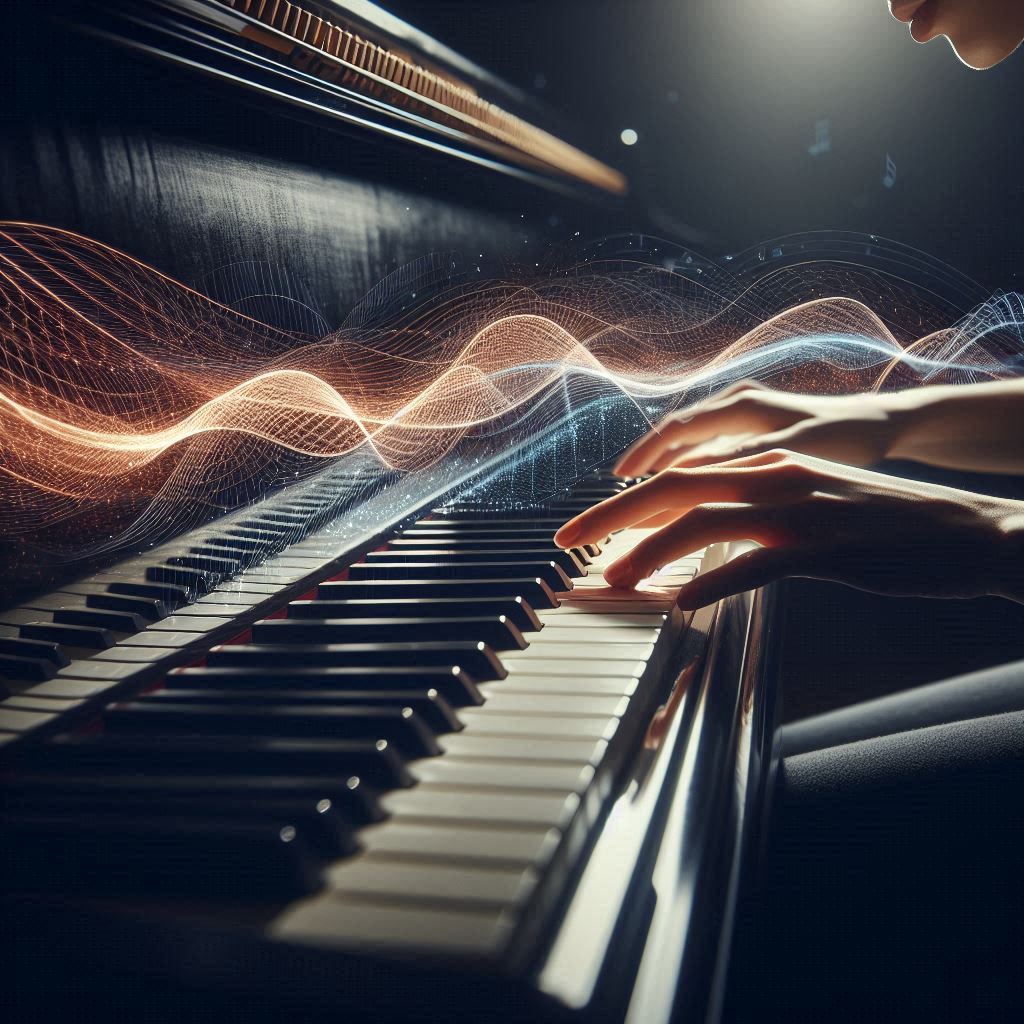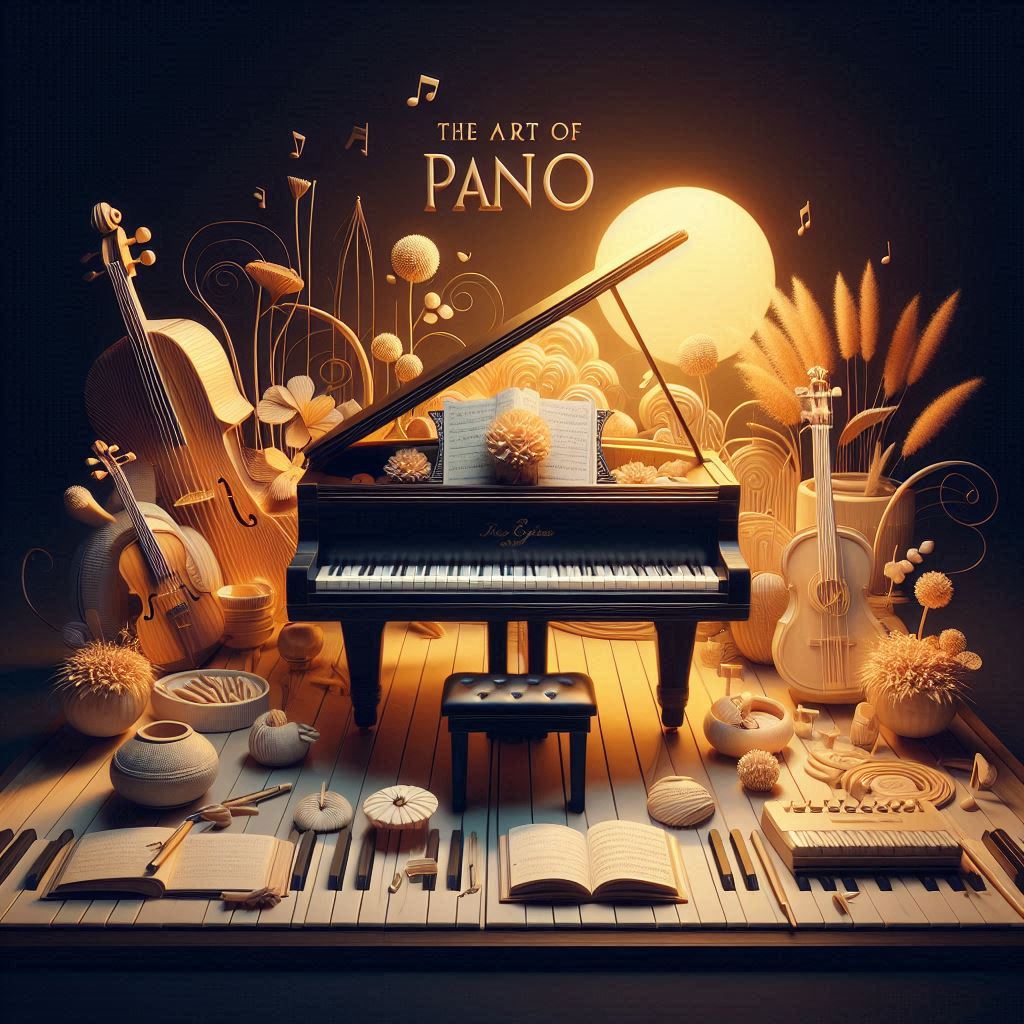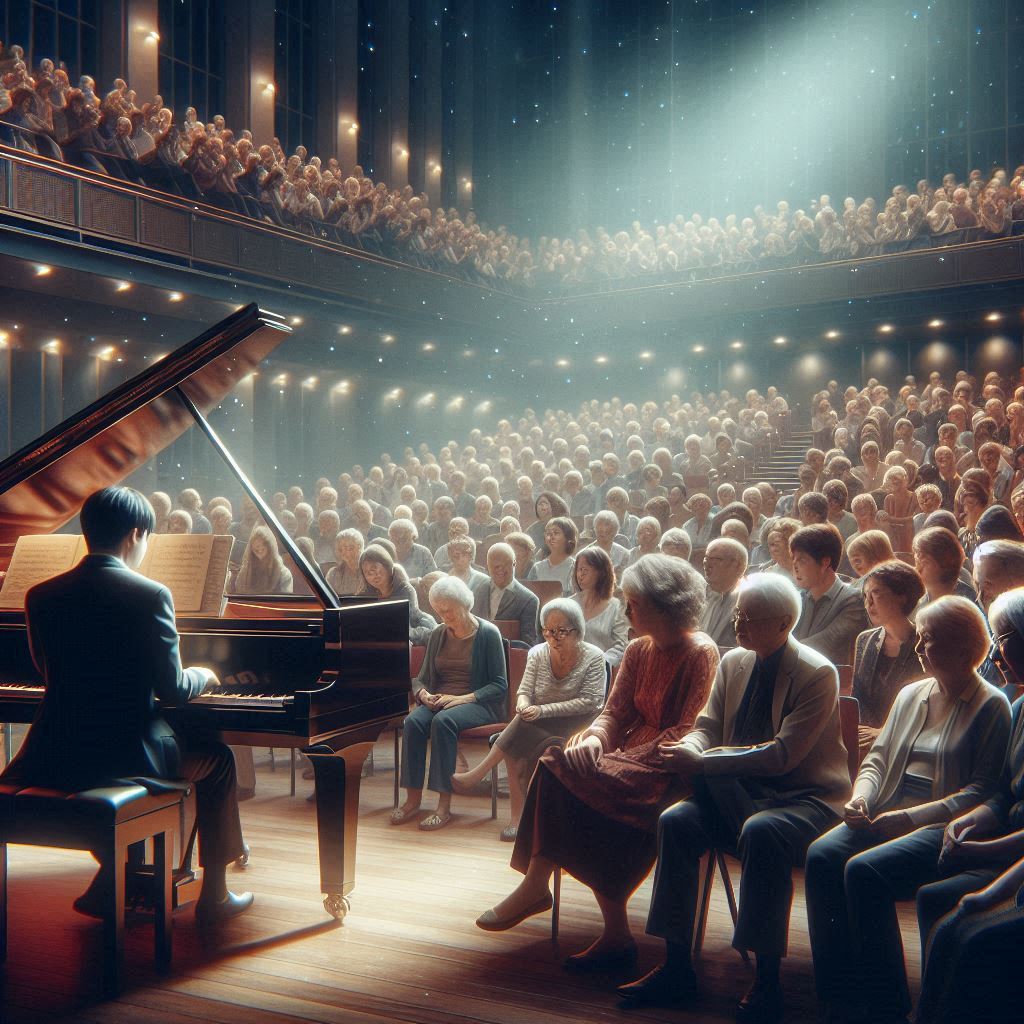Introduction
Dynamics play a vital role in piano performance, allowing musicians to convey a wide range of emotions and expressions. By understanding and effectively using dynamics, pianists can transform a simple piece of music into a powerful and moving experience. This guide delves into the importance of dynamics in piano performance and provides tips for mastering this essential aspect of musical expression.
Thank you for reading this post, don't forget to subscribe!The Role of Dynamics in Piano Performance
Understanding Dynamics in Music
Definition of Dynamics
Dynamics refer to the volume of sound in music, ranging from very soft to very loud. They are indicated by specific symbols and terms in sheet music, guiding the performer on how to vary the intensity of their playing.
Common Dynamic Markings
- Pianissimo (pp): Very soft
- Piano (p): Soft
- Mezzo-piano (mp): Moderately soft
- Mezzo-forte (mf): Moderately loud
- Forte (f): Loud
- Fortissimo (ff): Very loud
- Crescendo (cresc.): Gradually getting louder
- Decrescendo (decresc.): Gradually getting softer
- Sforzando (sfz): A sudden, strong accent
The Importance of Dynamics in Piano Performance
Expressing Emotions
Dynamics are crucial for expressing emotions in music. A piece played with varying dynamics can convey joy, sorrow, excitement, or tranquility, engaging the listener and creating a more compelling performance.
Adding Depth and Contrast
Using dynamics effectively adds depth and contrast to a performance. Changes in volume can highlight different sections of a piece, creating a sense of dialogue and movement within the music.
Enhancing Musical Phrasing
Dynamics help shape musical phrases, giving them direction and meaning. Proper use of crescendos and decrescendos can emphasize the natural rise and fall of musical lines, enhancing their expressiveness.
Techniques for Mastering Dynamics
Control and Sensitivity
Developing control and sensitivity is essential for mastering dynamics. Practice playing scales and simple pieces with varying dynamics to build your ability to produce different volumes smoothly and consistently.
Listening and Imitation
Listen to recordings of skilled pianists and pay attention to their use of dynamics. Try to imitate their dynamic range and expression in your own playing.
Practice with a Metronome
Use a metronome to practice gradual dynamic changes, ensuring that your crescendos and decrescendos are even and controlled. This helps develop precision and timing in your dynamic playing.
Dynamic Markings in Sheet Music
Interpreting Composer Intentions
Dynamic markings in sheet music reflect the composer’s intentions for how the piece should be played. Understanding and respecting these markings is crucial for an authentic and expressive performance.
Personal Interpretation
While following the composer’s dynamic markings is important, there is also room for personal interpretation. Experiment with dynamics to find a balance between honoring the composer’s intentions and expressing your unique musical voice.
Advanced Dynamic Techniques
Layering Dynamics
Layering dynamics involves playing different parts of the music at different volumes simultaneously. This technique can create a rich, textured sound and is especially useful in pieces with complex counterpoint or multiple voices.
Dynamic Contrast
Use dynamic contrast to highlight important moments in the music. For example, a sudden shift from soft to loud can create a dramatic effect, capturing the listener’s attention.
Rubato and Dynamics
Rubato, the expressive shaping of tempo, often goes hand-in-hand with dynamic changes. Using rubato and dynamics together can enhance the emotional impact of a piece, adding a sense of spontaneity and freedom.
Practical Tips for Improving Dynamic Range
Breathing and Relaxation
Maintain a relaxed posture and breathing technique to support dynamic control. Tension can restrict your ability to produce a wide range of dynamics, so focus on staying relaxed and flexible.
Finger and Arm Strength
Build finger and arm strength through targeted exercises. Strong, controlled movements are essential for producing clear, consistent dynamics.
Recording and Feedback
Record your practice sessions and listen critically to your use of dynamics. Seek feedback from teachers or peers to identify areas for improvement.
FAQs
What are dynamics in piano performance? Dynamics refer to the volume of sound in music, ranging from very soft to very loud. They are indicated by specific symbols and terms in sheet music, guiding the performer on how to vary the intensity of their playing.
Why are dynamics important in piano performance? Dynamics are crucial for expressing emotions, adding depth and contrast, and enhancing musical phrasing. They help convey the composer’s intentions and bring the music to life.
How can I improve my dynamic range on the piano? Practice playing scales and simple pieces with varying dynamics, listen to recordings of skilled pianists, and use a metronome to ensure even and controlled dynamic changes. Building finger and arm strength and maintaining a relaxed posture also help.
What are some common dynamic markings in sheet music? Common dynamic markings include pianissimo (pp), piano (p), mezzo-piano (mp), mezzo-forte (mf), forte (f), fortissimo (ff), crescendo (cresc.), decrescendo (decresc.), and sforzando (sfz).
How do I balance composer intentions with personal interpretation of dynamics? Respect the composer’s dynamic markings while experimenting with your own dynamic choices. Find a balance between honoring the composer’s intentions and expressing your unique musical voice.
Can I use rubato with dynamics? Yes, rubato and dynamics often go hand-in-hand. Using rubato and dynamics together can enhance the emotional impact of a piece, adding a sense of spontaneity and freedom.
Conclusion
Dynamics are a powerful tool in piano performance, allowing musicians to convey a wide range of emotions and expressions. By understanding and effectively using dynamics, pianists can transform their playing, creating engaging and memorable performances. Practice controlling and experimenting with dynamics to unlock the full expressive potential of your piano playing.



